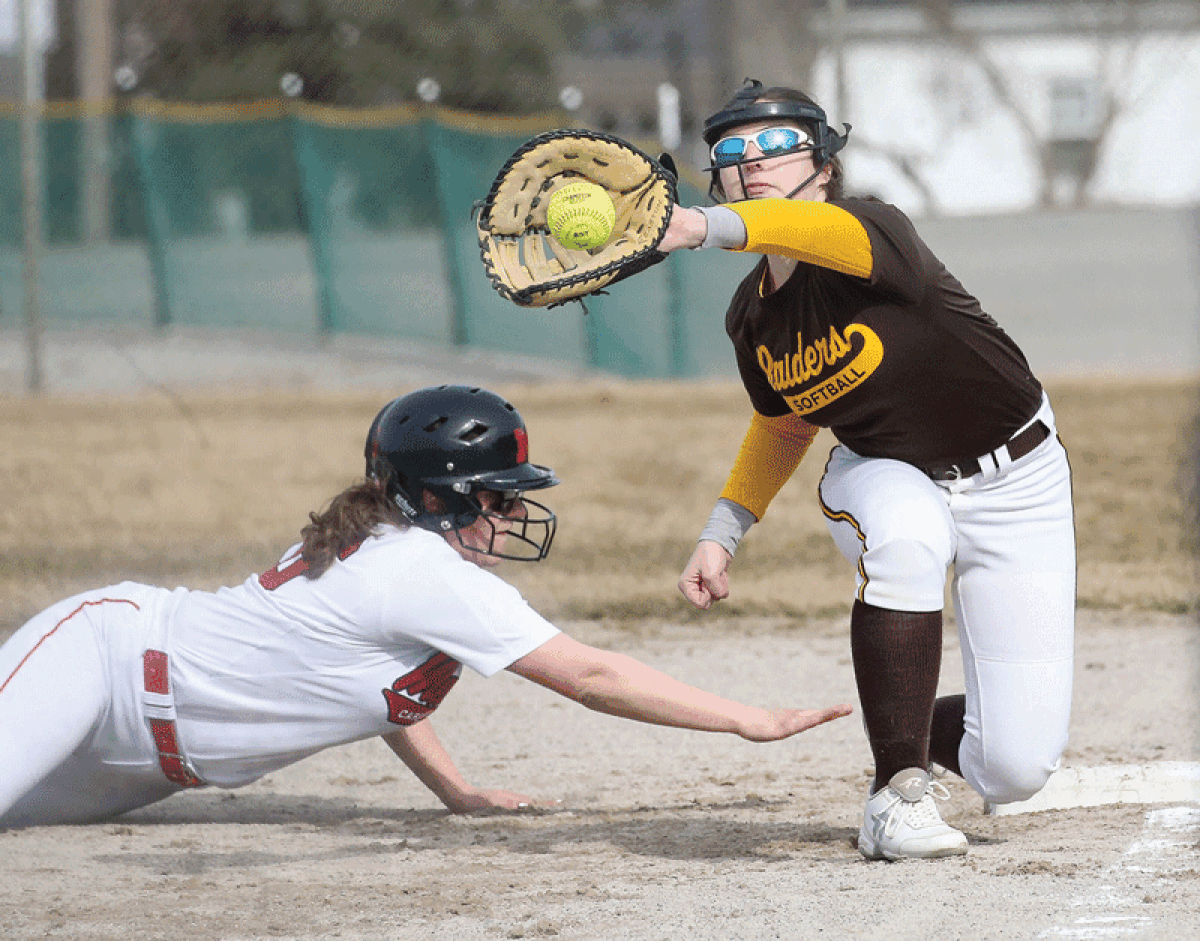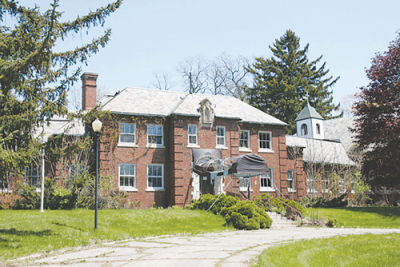FARMINGTON HILLS — Farmington parents with students involved in sports throughout the Farmington Public Schools district will find there is less stress on their wallets this coming school year. The district recently announced that it has eliminated “pay to participate” fees for FPS families starting with this school year.
“We see this as one more step to eliminate barriers for students to be able to participate in the athletic program during their time in Farmington Public Schools,” stated Superintendent Christopher Delgado. “We know that when students are connected to their schools through extracurricular activities, they perform better academically.”
Previously, FPS families paid up to $700 per year for their students to participate in the over 20 sports the district offers. This would equate to approximately $350 per student for high school participants and around $200-$250 per student for middle school participants. The fees helped offset the district’s expenditures on the athletic programs, which costs approximately $2 million per year to operate. The fees brought in about $300,000-350,000 annually. Other funding for the sports program is provided by gate fees for sporting event attendees, which bring in around $500,000-600,000 annually.
“We’re talking about a $300,000 gap or thereabouts moving forward. So, in a budget that’s over a $125 million, it’s really a question of how do you prioritize that funding?” said Delgado. “You can look at this as an expense, or you can look at it as the principle that this is going to be an opportunity that we’re not going to place a burden on the backs of our families.”
He said the district will just have to “tighten our belts” in the entire system, be fiscally responsible with facility improvements, and be efficient in staffing protocols and calculations. He said they will focus on the system as a whole and prioritize their spending so that they can cover any deficit.
According to Dianne Bauman, the FPS director of community relations and pupil accounting, there will be a slight increase in the gate fees as a result of the elimination of the pay-to-play fees. This is because gate fees were included in the participation fees for student athletes. As the pay-to-participate fees have been eliminated, students will now have to pay gate fees to attend athletic events. The fee to attend sporting events is $5.
“The point is, we’re not going to obligate our families to help offset costs that we’re already subsidizing,” Delgado said. “So, we’re going to subsidize a bit more.”
The idea to eliminate the fees came from Delgado. He said he has always been opposed to the fees and has been dreaming of this for years.
“It’s been a lifelong passion of mine,” said Delgado. As budget talks were approaching in January, he decided to discuss the idea of eliminating fees with people in various positions in the district — high school and middle school administrators, the athletic director, coaches and the Board of Education — to get a feel of what they thought as a district. He said he was pleased to find that everyone, including all board members, was supportive of the idea to eliminate the fees.
“Really it’s the principle of the matter,” said Delgado. “For me, I have worked in five different school districts, and pretty much all of them have required pay-to-participate fees, and I’ve always been conflicted about that. I think that we have a unique kind of American experience in high schools that if you participate in school, that you can participate holistically, and so, in my mind, when you go to an American high school or middle school, you should be able to avail yourselves of everything the school has to offer, whether it’s orchestra or sports or robotics, and certainly all the academics. And you should be able to do that, in a public education, for free.”
According to Delgado, to his knowledge, the fees have not necessarily prevented children from participating in sports. He said the district offered scholarships to students who wished to participate but whose families voiced that they were unable to afford the fees. However, he said there may have been students who were previously unable to pay as their families did not wish to voice their financial woes to the school district.
“We don’t have concrete numbers on the impediment that it was, but we do know just anecdotal from families that there really is a dignity factor that, sometimes even with the scholarship, there is reluctance to go after sports or to have that conversation, and so, again, for me, it comes down to the principle of it. We want all of our students to be able to be connected to their school and we know the importance and the power of athletics in students’ lives, and we know that the research is pretty clear that the more that you are connected to extracurricular activities, the better you perform academically,” Delgado said. “There’s a lot of research behind that. It has to do with time management, as well as goal setting, discipline and dedication, as well as good, healthy activity.”
He said they are “cautiously optimistic” that they will see an increase in the number of participants in student athletics this year. If there is an increase in participation, Delgado said, the district is discussing the possibility of having multiple levels of a sport once again, freshman, junior varsity and varsity teams. He said that due to a lack of participation, many schools have been reduced to having only varsity teams or varsity and JV.
According to Thomas Shelton, FPS director of athletics and school safety, districts started implementing pay-to-play fees in the early 2000s, when school budgets got really tight.
“Districts like Farmington were forced to make decisions like, are we going to cut back athletic programs or are we going to ask parents to help shoulder the burden of running those programs?” said Shelton. “I give Superintendent Delgado credit for recognizing that we want to reduce barriers for participation for our student athletes and prevent parents from being in this unfortunate situation of deciding if they can afford these fees in order for their kids to participate. I think, ultimately, we’ll see increased participation from student athletes, and a decreased burden on families.”
“We thank all of our families who have contributed to the athletic program over the years through the pay-to-participate program as it helped the district through some tough economic times,” added Delgado.
Shelton said he believes “no-cut” sports, such as cross country and track, will be most impacted by the fee elimination. He said he expects there will be a noticeable increase in those sports in particular.
Both Delgado and Shelton said that the feedback they have received so far has been “overwhelmingly positive.” They said parents are saying that it is a relief to family budgets.
“Participation in school athletic programs teaches lifelong skills of collaboration, persistence, hard work and commitment. As an athletic department, we are thrilled that the ability to pay the participation fee will no longer present a barrier for students who may otherwise be willing to participate and take a risk,” Shelton said in a press release.
The board passed the measure to eliminate fees as part of the 2023-24 school budget June 20.
 Publication select ▼
Publication select ▼


















